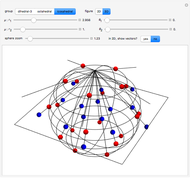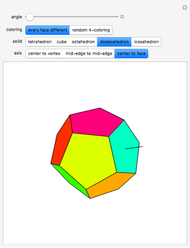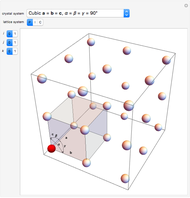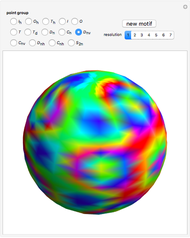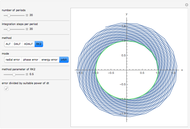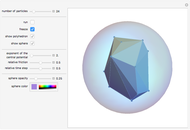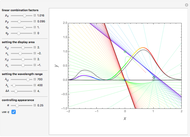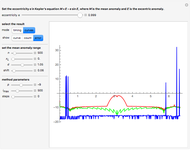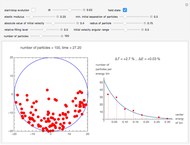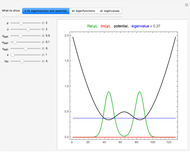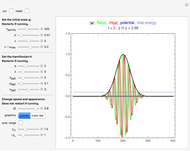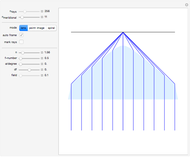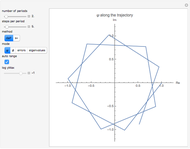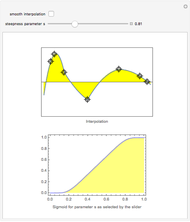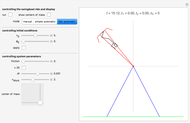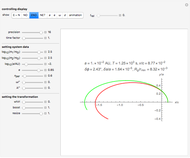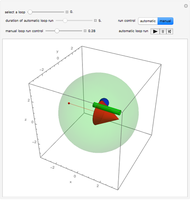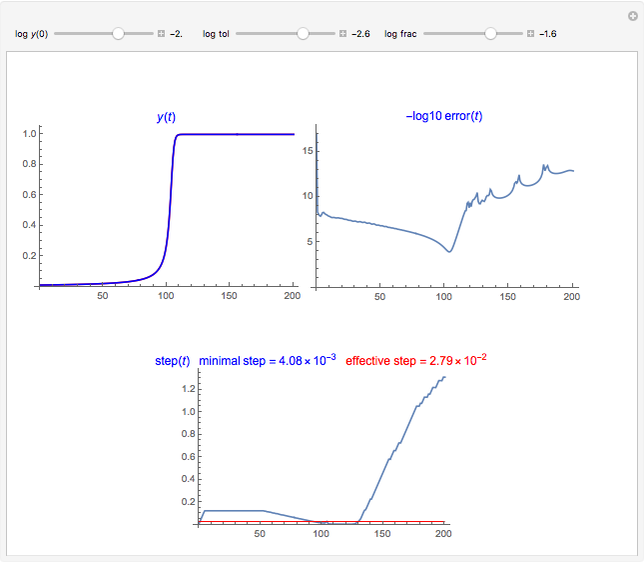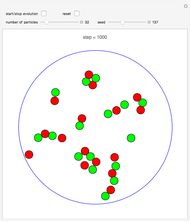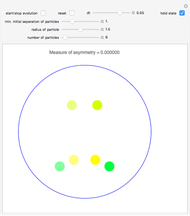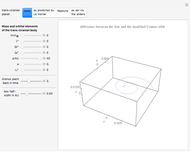Contracting the Double-Twist in SO(3)

Requires a Wolfram Notebook System
Interact on desktop, mobile and cloud with the free Wolfram Player or other Wolfram Language products.
As shown by Dirac's famous belt trick, a double-twist, when viewed as a closed path in the rotation group  , can be continuously contracted to a point. This Demonstration makes the same argument by a more conventional visualization in terms of a moving body, here an asymmetric assembly of a cone, a sphere, and a cylinder. All its motions leave a certain body-fixed point invariant and thus, the attitudes (as in "attitude control in satellites") of the body are in one-to-one correspondence with the elements of
, can be continuously contracted to a point. This Demonstration makes the same argument by a more conventional visualization in terms of a moving body, here an asymmetric assembly of a cone, a sphere, and a cylinder. All its motions leave a certain body-fixed point invariant and thus, the attitudes (as in "attitude control in satellites") of the body are in one-to-one correspondence with the elements of  , if a reference attitude is agreed upon. Here, the reference attitude is shown if the first slider shows the value 1. Any position of the first slider determines a "loop run", which is a jerk-free motion starting and ending with the reference attitude.
, if a reference attitude is agreed upon. Here, the reference attitude is shown if the first slider shows the value 1. Any position of the first slider determines a "loop run", which is a jerk-free motion starting and ending with the reference attitude.
Contributed by: Ulrich Mutze (May 2013)
Open content licensed under CC BY-NC-SA
Snapshots
Details
The paths here are polygons in the  -
- plane and are straightforward to program. For a more aesthetic motion, one would have to smooth the kinks and could allow the rotation axis leave the
plane and are straightforward to program. For a more aesthetic motion, one would have to smooth the kinks and could allow the rotation axis leave the  -
- plane. To keep the program small, I used a few graphical primitives for the turning object. My first experiments were with a tripod of mutually orthogonal red, green, and blue arrows. This made it much more difficult to memorize complex motion patterns than it is with the present sphere-cone-cylinder assembly.
plane. To keep the program small, I used a few graphical primitives for the turning object. My first experiments were with a tripod of mutually orthogonal red, green, and blue arrows. This made it much more difficult to memorize complex motion patterns than it is with the present sphere-cone-cylinder assembly.
Snapshot 1: a bit more than a quarter of the initial double-twist is done
Snapshot 2: complex motion phase
Snapshot 3: complex motion phase, a bit later in the same loop
Snapshot 4: in the final oscillation phase
Snapshot 5: in the final position, the reference position
Permanent Citation








